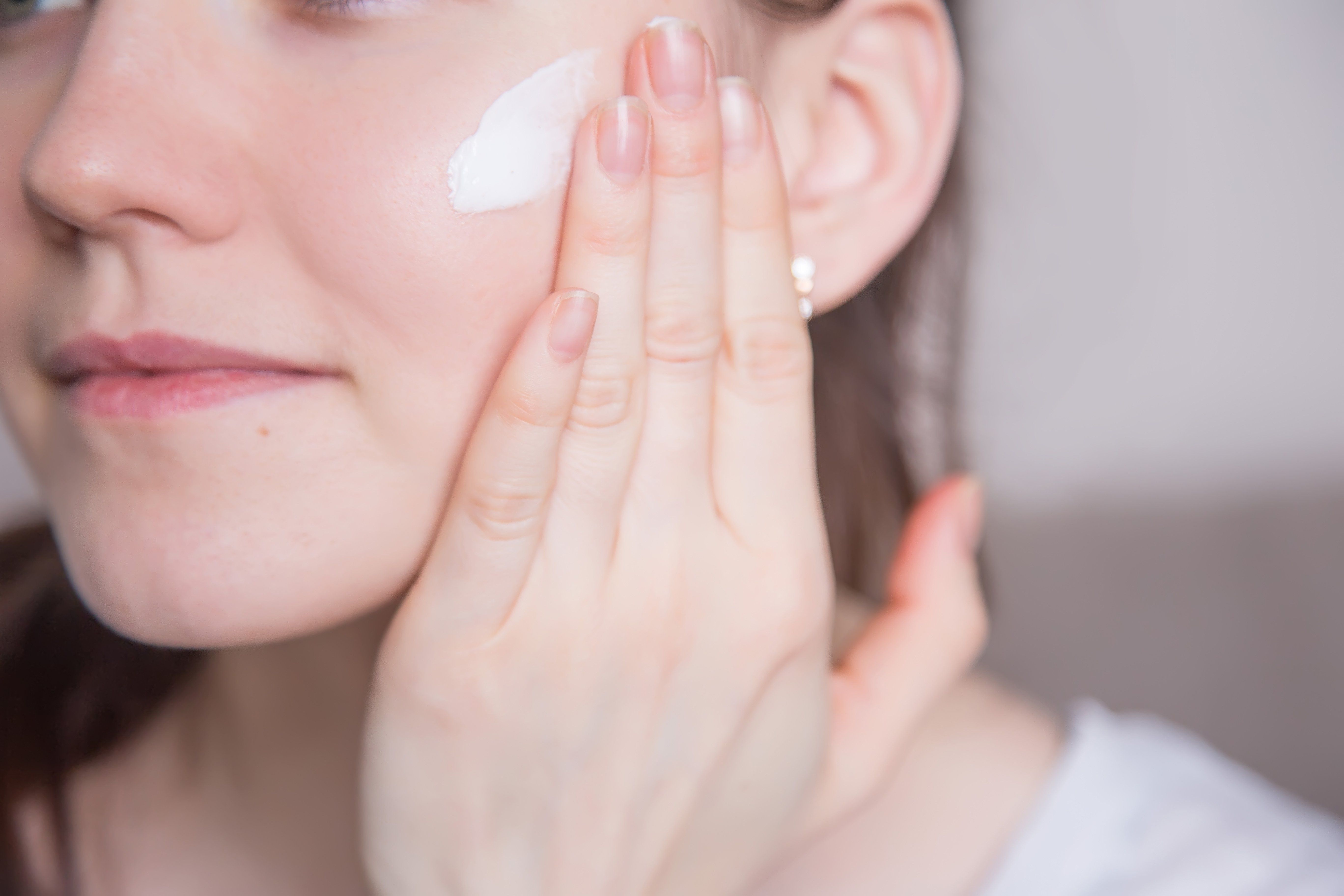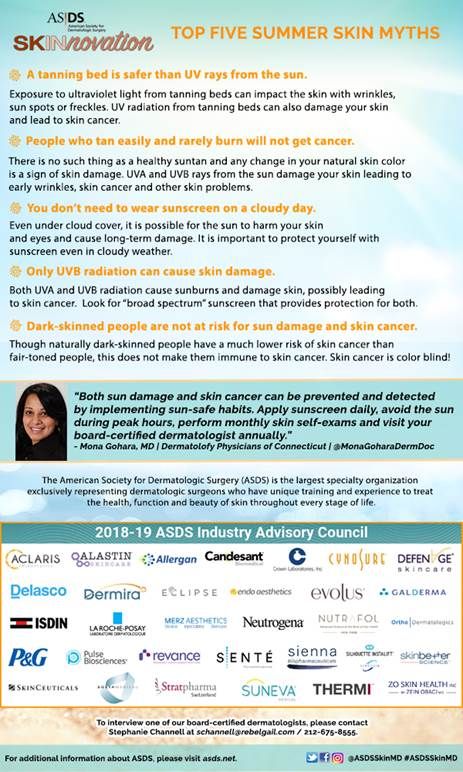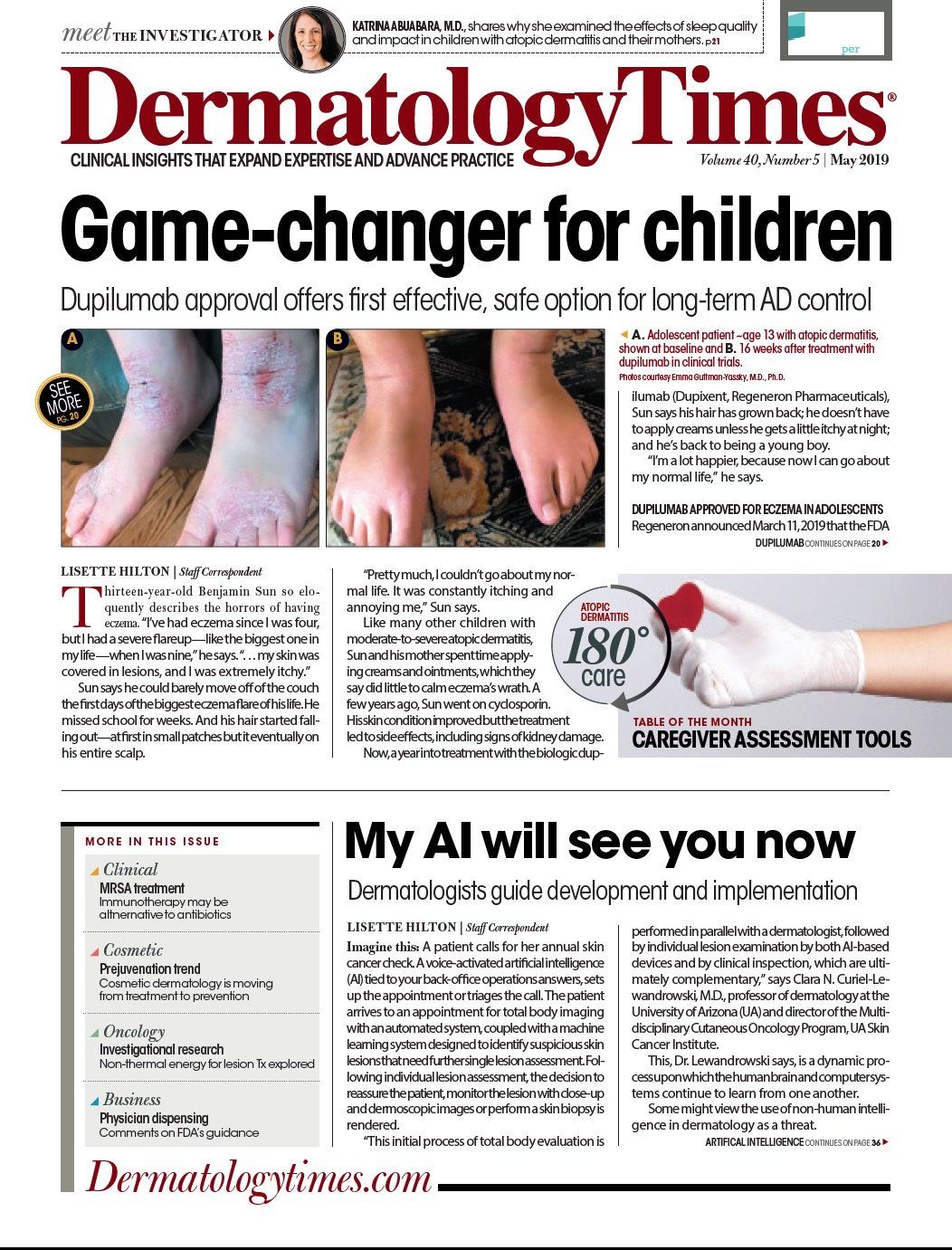- Case-Based Roundtable
- General Dermatology
- Eczema
- Chronic Hand Eczema
- Alopecia
- Aesthetics
- Vitiligo
- COVID-19
- Actinic Keratosis
- Precision Medicine and Biologics
- Rare Disease
- Wound Care
- Rosacea
- Psoriasis
- Psoriatic Arthritis
- Atopic Dermatitis
- Melasma
- NP and PA
- Skin Cancer
- Hidradenitis Suppurativa
- Drug Watch
- Pigmentary Disorders
- Acne
- Pediatric Dermatology
- Practice Management
- Prurigo Nodularis
- Buy-and-Bill
Publication
Article
Dermatology Times
Skin protection protocol
Author(s):
Derms don’t let other derms leave their office without SPF. Even more importantly, they shouldn’t ever let their post skin treatment patients leave without proper sun protection either.
Dermatologists and aesthetic clincians should consider implementing specific protocols that ensure patients never leave without first protecting the skin. (zatevakhin - stock.adobe.com)

Dr. Arthur

Derms don’t let other derms leave their office without SPF. That’s essentially what Orlando, Fla.-based dermatologist, Allison Arthur, M.D., Sandlake Dermatology Center, Orlando, Fla., told me this year at the annual meeting of the AAD in Washington DC. Even more importantly, they shouldn’t ever let their post skin treatment patients leave without proper sun protection either.
This entire conversation came about based on an experience that Dr. Arthur recently had herself as a patient. After having an undisclosed dermatologic treatment performed by a peer dermatologist, she found herself at the front desk and on her way out without being offered sun protection before her drive home. Did I mention that she lives in sunny Orlando?
Full disclosure: I met Dr. Arthur through the Colorescience team. Dr. Arthur is a consulting physician for the company. However, she had a really great message that’s worth sharing: Dermatologists live, breath and preach skin protection and should never send anyone out of their office unprotected.
In her practice, she uses a specific protocol that ensures her patients never leave without first protecting (and also beautifying) the skin. And, according to Dr. Arthur, there are many good reasons to do so:
- You just treated the skin to remove and/or repair damage. (OF COURSE, it needs to be protected.)
- The skin is even MORE susceptible to damage immediately following a treatment.
- You want your patient to see some of the immediate improvement, not just the redness, inflammation and other telltale post-procedure side effects.
- Your patient’s face is your calling card - it’s okay to recognize that it’s a work in progress, but you also don’t want to scare her (his) friends and family members from ever having skin treatment.
Working with Colorescience, naturally, Dr. Arthur uses a protocol the company developed for physicians using their treatment line. It’s called the Finishing Touch Protocol, which is based on research published in late 2017 in the Journal of Cosmetic Dermatology.1
In the study, researchers examined the benefits of IPL treatment combined with skin care and UV protection products for eight weeks. They found synergistic effects that translated into better results, improved tolerability, fewer post-treatment side effects and the possibility of higher patient satisfaction.
“Importantly, patient questionnaires revealed the topical regimen improved the ability of patients to return to their daily lives by making them less self-conscious and their skin more comfortable, thereby optimizing patient outcomes,” report the study authors. “Better results and perceived experience may translate to higher patient satisfaction, resulting in increased patient retention.”
According to Dr. Arthur, the protocol can also be used post-laser (excluding ablative) treatment and post peel too.
You can go online find out more about the specific Colorescience protocol itself, but it’s the overall approach and the philosophy that’s got real value for all dermatologists, no matter which products are your preference.
“It’s a great way to introduce products to patients without ‘selling’ products,” Dr. Arthur says. “And you send everyone out protected.”
Do you have a specific post-treatment skin protection protocol in place? Email me at ecabana@mmhgroup.com and we may also share yours.
Learn from THE skin experts!
The American Society for Dermatologic Surgery (ASDS) thinks your patients will enjoy uncovering summer skin myths as they gear up for the season of sun and fun! The top five summer skin myths appear in the infographic below. You can read the full list on the ASDS website.

Disclosures:
Dr. Arthur is a consulting physician for Colorescience.
References:
Jones IT, Guiha I, Fabi SG. Open-label study assessing the efficacy and tolerability of topical skincare and sun protection products following intense pulsed light treatment. J Cosmet Dermatol. 2017;00:1–7.







